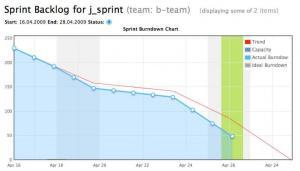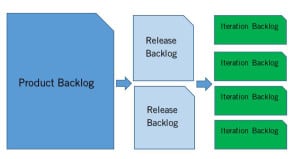What is an ideal sprint length?

Agile teams often face a challenge in determining how long their iterations, or sprints, should be. If sprints are too short, teams can get bogged down with prep work and overhead. In contrast, maturing teams may struggle to deliver working software in the demanding timeframe. However, longer sprints may also lead to wasted time for questionable added value.
Essential Agile Processes Part 8: Risk Adjusted Backlog

Essential Agile Processes Part 7: Release Burnup Chart

Essential Agile Processes Part 6: Sprint Burndown Chart

Essential Agile Processes Part 5: Sprint Capacity Planning Sheet

Essential Agile Processes Part 4: Sprint Backlog

Essential Agile Processes Part 3: User Stories

Strong communication between the customer and the project team is a fundamental ideal of Agile that helps to produce quality results that the customer can use right away. For strong communication to happen, there needs to be common ground; otherwise, the two sides are coming from different cultures and speaking what may sound like two different languages, and this makes communication difficult. User stories fill this gap by framing requirements in a way that facilitates communication between the customer and the project team, and for this reason, they are a critical piece of any Agile project. Keep reading to learn more about what a user story is, how it is structured, and how to write one effectively.
Essential Agile Processes Part 2: Product Backlog

Essential Agile Processes Part 1: Product Roadmap

Eight Powerful Project Management Processes Part 8: Performance Reporting

With this look at performance reporting, we end our ongoing series on “Eight Powerful Project Management Processes” series. These processes are also included in our toolkit, Essential Gear for Project Managers. We hope you have enjoyed this look at eight critical processes to project success.
